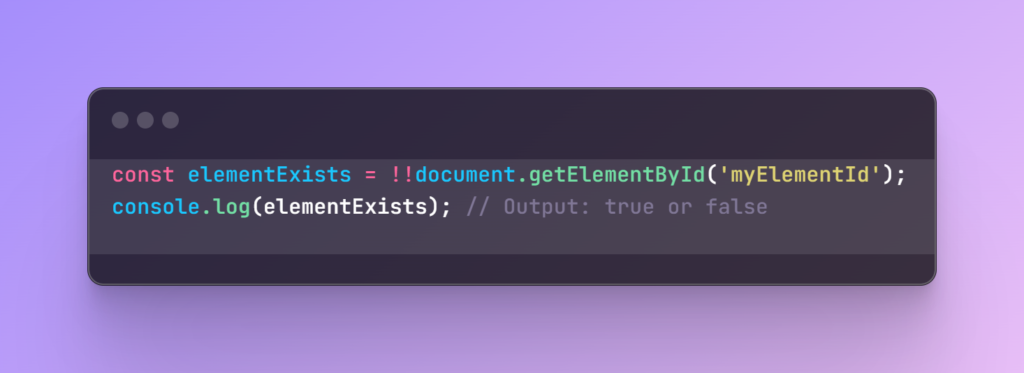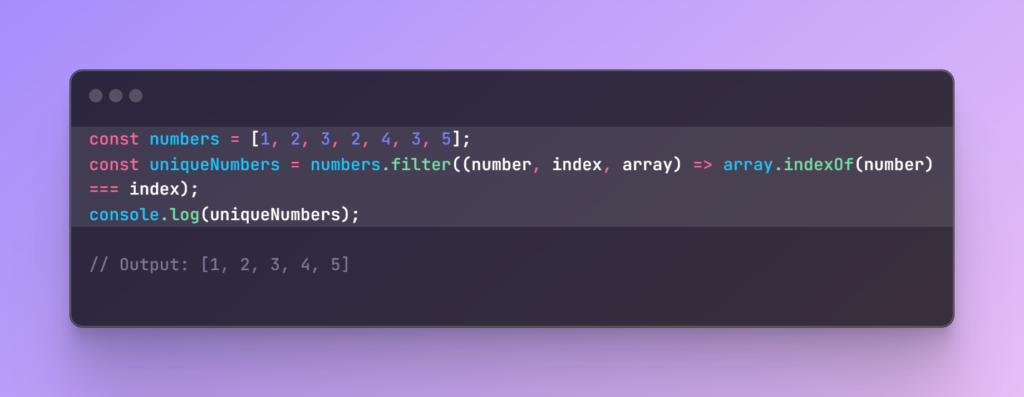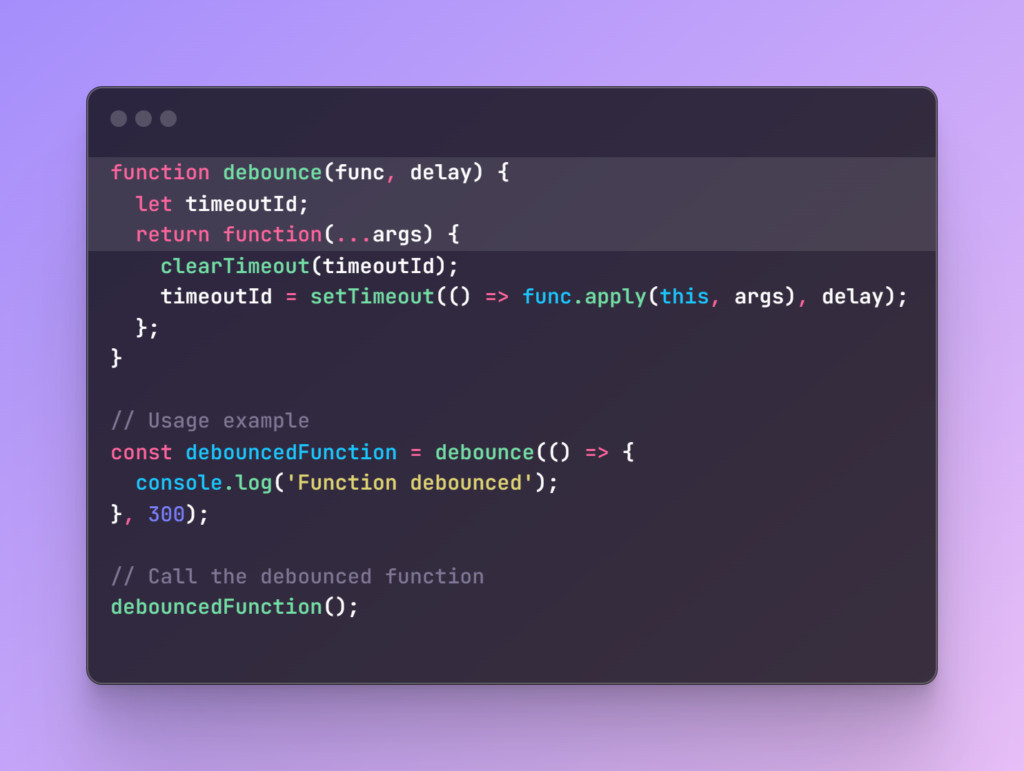Introduction:
Introducing a curated collection of JavaScript Scenario Based Interview Questions[Answered].
Welcome to our comprehensive guide on JavaScript scenario-based interview questions. JavaScript, often hailed as the “language of the web,” lies at the heart of modern web development, powering dynamic and interactive user experiences across the internet. In this guide, we present a series of scenario-based questions meticulously crafted to assess your understanding of JavaScript’s core concepts, coding principles, and problem-solving prowess.
Whether you’re an aspiring developer embarking on your JavaScript journey or a seasoned coder seeking to refine your skills, these scenarios offer a practical and immersive way to test your knowledge and challenge your problem-solving abilities. Each question encapsulates a real-world scenario commonly encountered in JavaScript development, covering a diverse range of topics including data manipulation, asynchronous programming, object-oriented programming, and more.
By navigating through these scenarios, you’ll have the opportunity to demonstrate your mastery of JavaScript’s ecosystem, from handling complex algorithms to architecting scalable and efficient solutions. Whether you’re preparing for a JavaScript-focused interview or seeking to assess candidates’ proficiency, this guide serves as a valuable resource for honing your skills and gaining deeper insights into the intricacies of JavaScript development.
So, let’s embark on this journey together, unraveling the mysteries of JavaScript one scenario at a time. Whether you’re a job seeker striving to excel in JavaScript interviews or an interviewer looking to evaluate candidates’ capabilities, this guide is your passport to mastering JavaScript and unlocking the full potential of web development.
Let’s dive in and explore the world of JavaScript through immersive scenarios that will challenge and inspire you along the way.
Javascript Scenario Based Interview Questions[Answered]
1. Scenario: You’re working on a web application where users can upload images. How would you validate the file type and size of the uploaded images on the client side before sending them to the server?
I would use JavaScript’s File API to access file information. To validate file type, I would check the file extension or use the type property. For size validation, I would check the size property. Additionally, I might display error messages to the user if the validation fails.
2. Scenario: You need to implement a feature where users can type in a search query, and the application fetches relevant results from an API as the user types. How would you implement this autocomplete feature?
I would use JavaScript’s event handling to listen for input changes in the search field. Upon each change, I would make an asynchronous request to the API with the current search query. As results come back, I would update the UI to display the autocomplete suggestions.
3. Scenario: Your application has a feature that allows users to drag and drop files from their desktop onto a designated area to upload them. How would you implement this drag and drop functionality?
I would use JavaScript’s Drag and Drop API to handle the drag events (dragstart, dragover, dragenter, dragleave, drop) on the designated area. Upon dropping the files, I would handle the drop event to access the dropped files and initiate the upload process.
4. Scenario: You’re building a single-page application (SPA) with multiple views. How would you implement client-side routing to navigate between these views without causing a full-page reload?
I would use a client-side routing library like React Router for React applications or Vue Router for Vue applications. These libraries allow you to define routes and corresponding components, and they handle the rendering of components based on the current URL without causing a full-page reload.
5. Scenario: You’re working on a form validation feature where users must enter their email address and password. How would you implement client-side validation to ensure that both fields are filled out and that the email address is in a valid format?
I would use JavaScript to listen for form submission events and prevent the default form submission behavior. Then, I would validate the email address using a regular expression to ensure it matches the expected format. For the password field, I would simply check if it’s not empty. If validation fails, I would display error messages to the user.
6. Scenario: Your application needs to fetch data from an API and display it in a paginated table. How would you implement pagination using JavaScript?
I would make asynchronous requests to the API to fetch data for each page. Upon receiving the data, I would update the UI to display the current page of results in the table. Additionally, I would implement pagination controls (e.g., previous page, next page, page numbers) to allow users to navigate between pages.
7. Scenario: You’re tasked with implementing a countdown timer that displays the time remaining until a specific date and time. How would you implement this countdown timer using JavaScript?
I would use JavaScript’s setInterval function to update the countdown timer every second. Inside the interval callback, I would calculate the difference between the current date and time and the target date and time, and then update the UI to display the remaining time in hours, minutes, and seconds.
8. Scenario: You have an array of objects representing products, each with a price property. You need to calculate the total price of all products. How would you accomplish this in JavaScript?
I would use the reduce() method to iterate over the array of products and accumulate the total price. Here’s an example:
![JavaScript Scenario Based Interview Questions[Answered]](https://algo2ace.com/wp-content/uploads/2024/05/ray-so-export-8-1024x459.png)
9. Scenario: You have a string containing a comma-separated list of numbers. You need to convert the string to an array of numbers. How would you achieve this in JavaScript?
I would use the split() method to split the string into an array of substrings, then use the map() method to convert each substring to a number. Here’s an example:

10. Scenario: You need to fetch data from an API using JavaScript’s Fetch API. How would you make an HTTP GET request and handle the response?
I would use the fetch() function to make the GET request and chain a .then() method to handle the response asynchronously. Here’s an example:

11. Scenario: You want to check if an element with a specific ID exists in the DOM using JavaScript. How would you perform this check?
I would use the document.getElementById() function to retrieve the element by its ID and check if the returned value is truthy (indicating the element exists) or falsy (indicating it does not exist). Here’s an example:

12. Scenario: You have an array of numbers and want to remove duplicate values while preserving the original order. How would you achieve this in JavaScript?
I would use a combination of the filter() method and the indexOf() method to filter out duplicate values while iterating over the array. Here’s an example:

13. Scenario: You need to sort an array of objects by a specific property value in ascending order. How would you accomplish this in JavaScript?
I would use the sort() method and provide a custom comparison function that compares the desired property values. Here’s an example:

14. Scenario: You want to debounce a function that is called frequently in response to user input to improve performance. How would you implement debouncing in JavaScript?
I would define a debounce function that wraps the original function and delays its execution by a specified timeout. Here’s an example:

Reference:
JavaScript Interview Questions For 2 Years Experience
Conclusion:
Concluding our journey through these JavaScript scenario-based interview questions, we trust you’ve gained invaluable insights into the multifaceted world of JavaScript development. These scenarios were meticulously crafted to challenge your understanding of JavaScript fundamentals, problem-solving skills, and ability to apply best practices in real-world situations.
By navigating through these scenarios, you’ve not only demonstrated your proficiency in JavaScript but also your capacity to think critically, architect elegant solutions, and adapt to diverse challenges commonly encountered in web development projects. Whether you’re a seasoned JavaScript developer or just beginning your journey, these scenarios have provided a platform for growth, learning, and mastery of the language.
JavaScript remains at the forefront of web development, continually evolving and shaping the digital landscape. As you continue your journey with JavaScript, remember to stay curious, embrace new technologies and best practices, and never stop learning.
We hope this guide has been instrumental in your preparation for JavaScript-focused interviews, equipping you with the knowledge and confidence to tackle any coding challenge with ease. Whether you’re seeking to advance your career, land your dream job, or simply deepen your understanding of JavaScript, may your journey be fulfilling and rewarding.
Good luck on your coding adventures, and may your JavaScript endeavors continue to inspire innovation and excellence in the dynamic world of web development!
